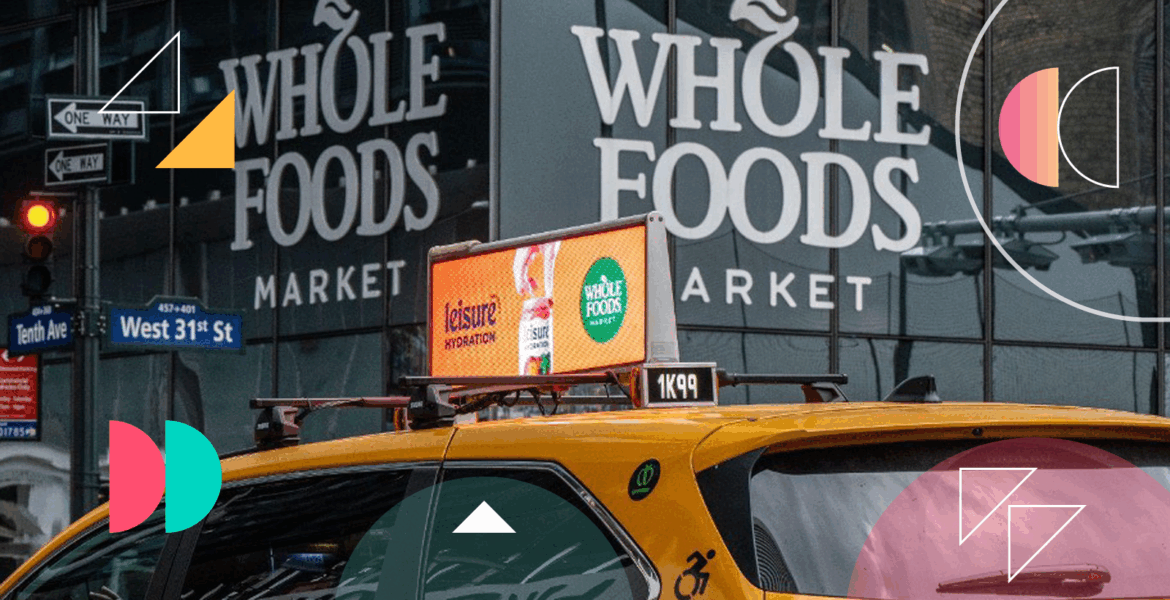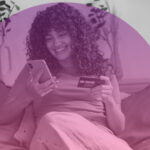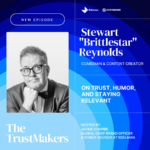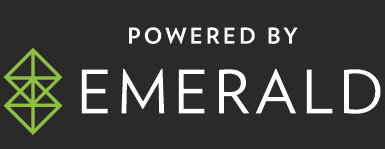Marketers spend a lot of energy optimizing impressions that happen on couches and phones. But many commercial decisions—where to eat, what to try next, where to apply—are made out there, in motion. In big, dynamic cities like New York, an eyes-down consumer is going to be mowed down by sidewalk traffic of daily life. That’s where out-of-home (OOH) earns its keep. Street-level formats like shelters, retail displays, taxi tops, and more, intersect the consumer journey at the moment curiosity becomes action.
OOH lives where decisions happen
OOH excels at the “last mile” of attention: on the sidewalk, curb, and corner where people choose a store, search a menu, or walk into an interview. That proximity matters. In head-to-head benchmarks, digital OOH (DOOH) drives a higher rate of secondary actions (49%) than streaming video (40%), social (38%), paid search (26%), or audio (19%).[1] And when DOOH is directional (“two blocks east,” “around the corner”) 30% of consumers notice, 51% go immediately, and 93% of those make a purchase.[2] That’s not just awareness, that’s conversion.
 Why it works (and keeps working)
Why it works (and keeps working)
People see OOH constantly and act on it. In categories where decisions are frequent and physical—restaurants, personal care, hiring—the data is striking:
- Personal care: 83% of adults take a secondary action after seeing a personal-care OOH ad, and 41% make a purchase; among urban consumers, 46%[3][4][5] Awareness is strong, too: 70% recall personal-care OOH ads, 53% in the last month alone.[6]
- Restaurants: 71% recall restaurant OOH ads (48% in the last month), and 86% take a follow-up action like search or talking with friends/family.[7][8] And people welcome the help: 87% appreciate restaurant OOH, with 35% looking for location info and 34% eyeing cost-savings.[9][10]
- Recruitment: The path from seeing to doing is short. 57% recall job ads on OOH (35% in the past month); 75% take a secondary action, and 33% actually apply.[11][12][13][14]
Across these categories, OOH isn’t just jogging memory—it’s prompting the next step: search, share, visit, buy, apply.

Creative that earns the action
OOH thrives on clarity and rewards specificity. A few patterns we see work repeatedly:
- Location-first: Give people a simple turn, landmark, or neighborhood (“↗ 3 blocks, 45th & 8th”) so they can act now.[2][10]
- Single value prop: Lead with the thing they want most—price, novelty, or proximity. For categories beverages, for example, consumers say they especially value new product news (45%) and price-saving opportunities (41%).
- Contextual rhythm: Mirror the setting. A dinner message belongs near office exits at 5–7pm; lunch near transit nodes from 11:30–1:30; beauty around gyms and boutiques. Pair that with short, legible lines that survive a five-second glance. This is where dayparting and geofencing comes into play.
- Bridge the click: A short URL, QR, or brand keyword that’s easy to remember at a red light (feed the consumer your oddball paid search keywords so they can find you later) keeps the journey moving when the screen in their hand reappears.
 Planning for outcomes, not just reach
Planning for outcomes, not just reach
Build your OOH plan around the behaviors you want:
- Drive immediate visits: Stack directional DOOH near high-intent zones (office corridors, entertainment districts). Keep creative literal: “Order ahead, pick-up now — 7th & 33rd.”[2]
- Prime online search: In personal care, the leap from seeing to searching to buying is already happening.[3][4][5] Consumers are very accustomed to direct sale from manufacturer websites by now, they just have to find your brand again. Use consistent product naming so your SERP and retail pages match the street message.
- Accelerate social proof: Restaurant decisions often start with a conversation; 86% report actions like search or talking with friends/family after seeing restaurant OOH.[8] Nudge that talk with limited-time cues (like “two-for-one tonight”) and neighborhood tags.
- Shorten the application funnel: Recruitment OOH works when the path is simple. “Scan to apply” + role + pay band. The fact that 33% have applied after seeing a job ad in OOH means your creative and landing flow should be built for speed.[14]
Where taxi tops fit
Taxi-top media is OOH at eye level—moving where people gather and decide: outside arenas post-game, through dining districts at peak dinner, across business corridors at commute times. It’s a moving, street-level digital canvas that pairs directional messages with mass coverage across neighborhoods, soaring above traffic and catching the pedestrian’s eye. As part of an OOH mix, taxi tops extend frequency, fill coverage gaps between fixed assets, and reach riders, walkers, and drivers at the same moment of choice.
 The takeaway
The takeaway
OOH doesn’t just accompany the journey, it moves it. The channel’s strength is simple: physical context that prompts real action, right now. If your plan’s heavy on at-home media, add formats that show up at the curb and corner. That’s where awareness becomes intent, and intent becomes a visit, a purchase, or an application.











